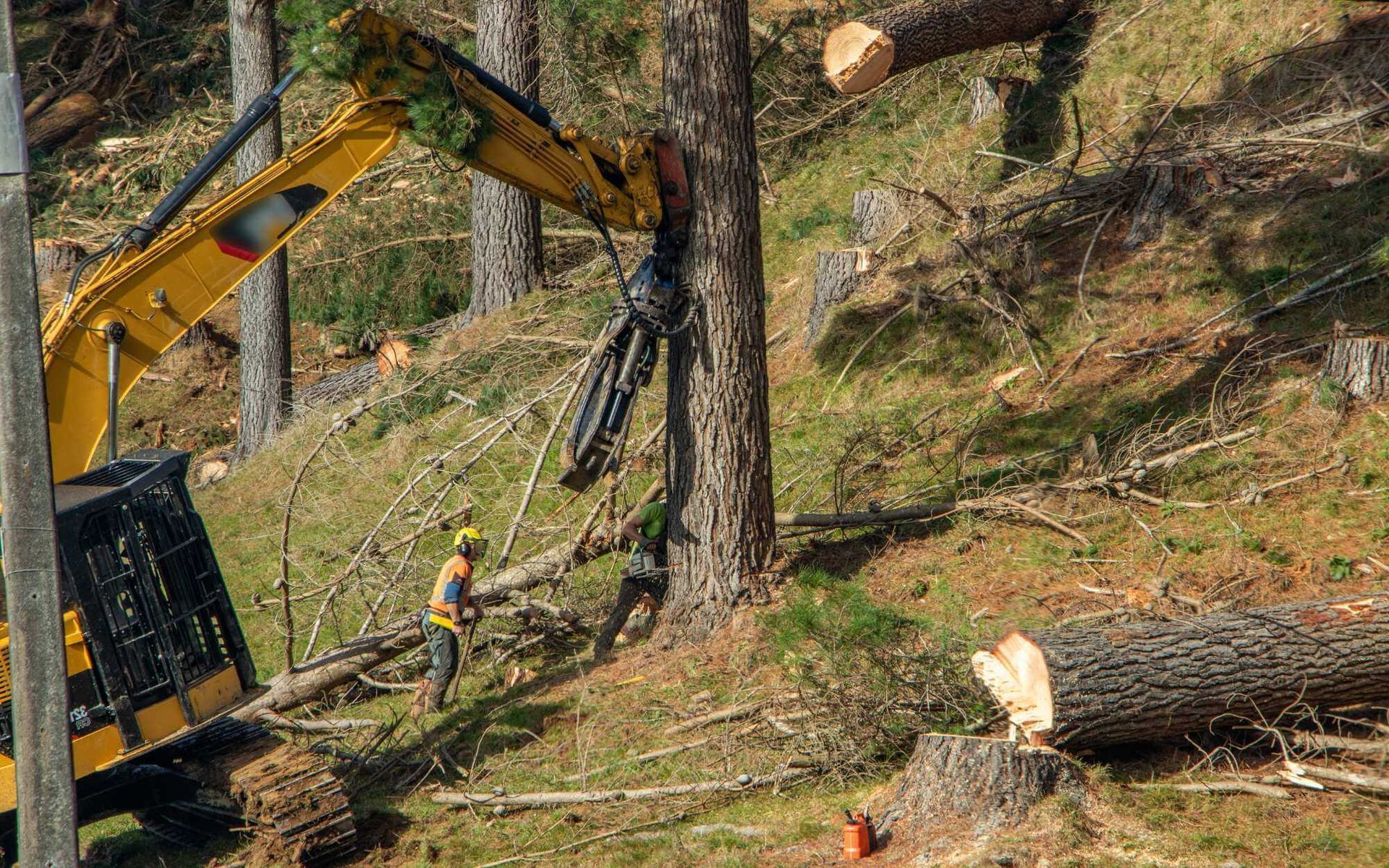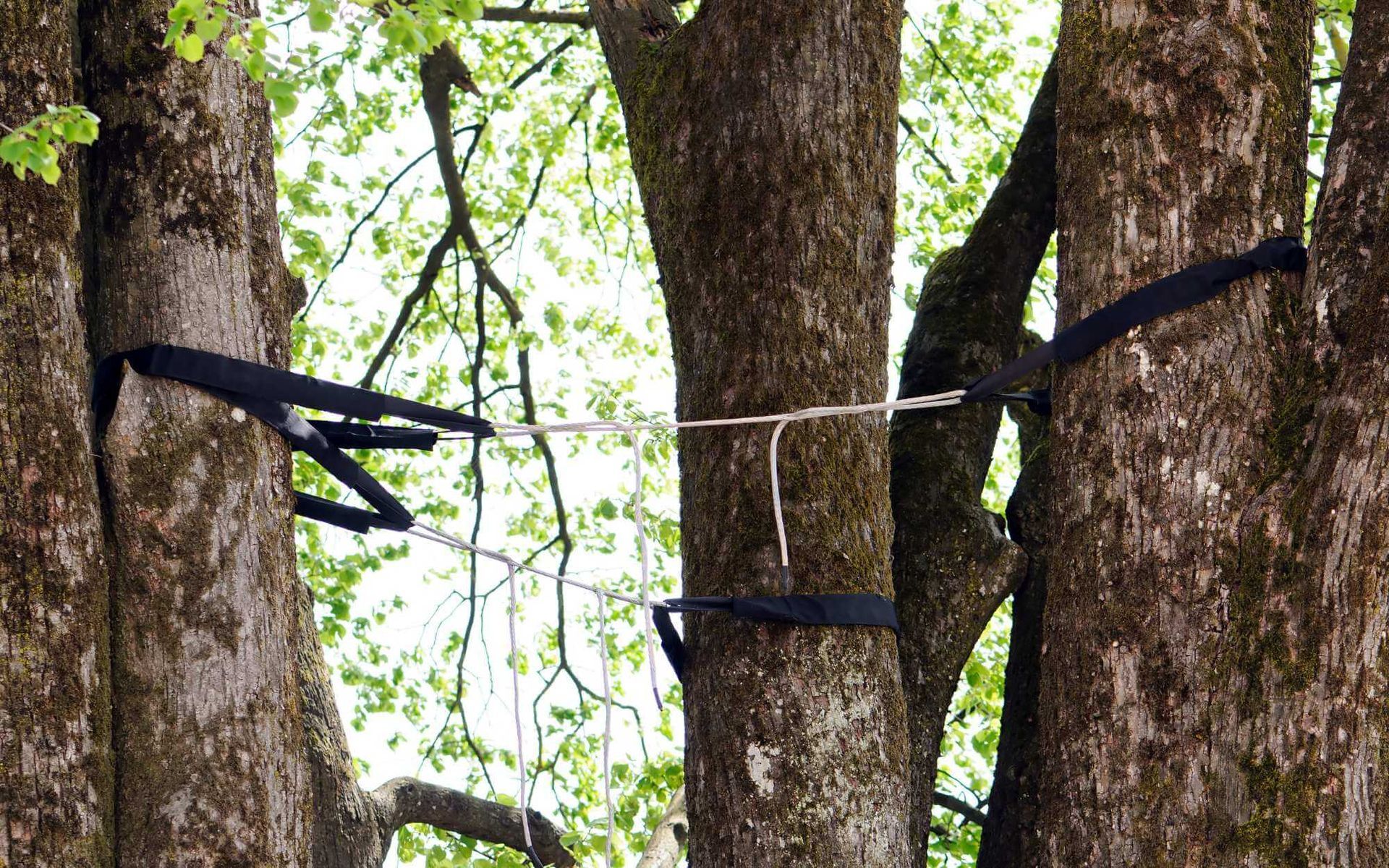Implementing Tree Structural Support for High-Wind Areas
PUBLISHED ON
SHARE THIS ARTICLE

In regions consistently tormented by high-wind events, planting trees and keeping them healthy can present significant challenges.
These high-wind areas, often subjected to hurricanes or heavy storms, pose a real threat to the health and longevity of our arboreal friends.
The destructive power of these winds can lead to tree displacement, branch breakage, and even uprooting - issues beyond mere aesthetic concerns. These situations not only endanger healthy trees but also the surrounding habitats, residences, and power lines. Therefore, the implementation of robust tree structural support becomes paramount.
This blog will explore the importance and methods of providing such support, ensuring that our trees can stand tall and firm, even in the face of the most formidable winds.
Benefits of Implementing Tree Structural Support
Tree structural support for high-wind areas provides immense benefits. Let's explore the three crucial advantages in more detail:
Enhanced Tree Stability: Structural support for trees, like cabling and bracing, greatly improves their stability. This means that even in strong winds, trees are less likely to sway dangerously or uproot, ensuring they remain firmly grounded.
Increased Safety for Surrounding Areas: By enhancing tree stability, we can significantly reduce the risk of wind damage to nearby properties and power lines. This protection extends to preventing potential injuries to residents due to falling branches or uprooted trees.
Preservation of Tree Health and Longevity: Structural support helps preserve the health of the tree by preventing detrimental wind-related damage. This intervention can thus prolong the tree's lifespan, allowing it to continue to provide its many environmental benefits.
Types of Tree Structural Support

Now, let's delve into three common types of tree structural support:
Staking: Staking involves placing sturdy stakes into the ground and tying the tree to these supports. This method is typically used for young trees or newly planted ones, providing them with additional stability as they grow and develop tree roots.
Guying: Guying, similar to staking, utilizes ropes or wires attached to ground anchors. However, this technique is beneficial for larger, mature trees that require extra support to withstand high winds and prevent destabilization or uprooting.
Cabling: Cabling involves installing high-strength steel cables between sturdy limbs or branches of a tree. This method helps redistribute stress from heavy winds, preventing the tree from breaking and reducing its risk of uprooting.
Bracing: Bracing involves installing steel bracing rods or braces to support weak or damaged branches. This method helps boost the tree's overall structure, strengthening trees for wind speed and loads and reducing the risk of tree trunk splitting and branch breakage.
Best Practices for Implementing Tree Structural Support
Proper installation of tree structural supports requires a precise assessment of the tree's health and structure. Techniques will vary depending on the type of support being implemented. Staking and guying require sturdy materials and anchoring mechanisms while cabling and bracing involve careful placement and attachment to the tree limbs and branches.
After the installation, regular inspection and maintenance are critical to ensure the continued effectiveness of these supports and to adjust them as the tree grows and changes over time. This includes checking for signs of wear or damage, and ensuring the tree isn't being harmed or restricted by the supports.
Lastly, it's important to consult with arborists or tree experts. Their knowledge and experience can provide invaluable guidance, ensuring that the tree's needs are met and that it can withstand high-wind conditions safely.
Tree Bracing in Wind-Prone Regions for Wind-Resistant Trees
Implementing tree structural support is crucial for promoting the stability, safety, and longevity of trees planted in high-wind areas. By understanding the benefits, types, and best practices for installing such supports, we can ensure that our beloved tree species continue to thrive and provide many environmental benefits for years to come.
Remember to always consult with
tree care experts before implementing any structural support, as each tree and situation is unique. Together, we can help our small trees and large trees stand tall and strong in the face of even the strongest winds.
Want a free quote or some friendly advice? Call our team today:






